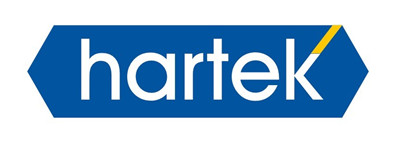FDA has a clear and strict definition of medical devices, which are defined as follows: “the so-called medical instruments are instruments, devices, tools, machinery, appliances, inserts, in vitro reagents and other related items that meet the following conditions, including components, parts or accessories: explicitly listed in the National Formulary or the Unite States Pharmacop. EIA or the appendix of the preceding two; it is expected to be used in the diagnosis of animal or human diseases, or other physical conditions, or for the cure, mitigation and treatment of the disease; it is expected to affect the function or structure of the body or body, but not through metabolism to its main purpose. ”
Only the products that meet the above definition are regarded as medical instruments. Under this definition, not only all kinds of instruments and tools within the hospital, but even the eye frames, glasses, toothbrushes and massager, etc. that consumers can purchase in the general store are the scope of the management of FDA. It is slightly different from domestic identification of medical devices.
According to different risk levels, FDA divides medical devices into three categories (I, II, III) and the highest risk category III. FDA categorization and management requirements of each type of medical devices are clearly specified. At present, there are more than 1700 kinds of FDA medical device catalogue. If any medical device wants to enter the US market, it must first understand the classification and management requirements of the listed products.
After clarified the above information, the enterprise can proceed to prepare relevant declaration materials and declare to FDA according to certain procedures for approval. For any product, business registration (Registration) and product listing (Listing) are required.
For class I products (about 47%), the implementation is general control (General Control), most products only need to be registered, listed and implemented GMP specification, the product can enter the United States market (a very few products even GMP exemptions, a very few retained products to FDA 510 (K) application to PMN (Premarket No). Tification)).
For class II products (about 46%), the implementation is special control (Special Control). After the enterprises have registered and listed, they also need to implement GMP and submit 510 (K) application (very few products are 510 (K) exemption).
For class III products (accounting for about 7%), it is a pre – market license to implement GMP and submit PMA (Premarket Application) applications (Part III or PMN) to FDA after registration and listing.
For class I products, after the enterprise submits relevant information to FDA, FDA only announcements, and no relevant documents are sent to the enterprise; for class II and III instruments, enterprises must submit PMN or PMA. FDA will give the enterprise a formal market access approval letter (Clearance) at the same time, that is, to allow the enterprise to use its own name in the United States medical care. The product is sold directly in the equipment market. As to whether the GMP assessment is carried out in the process of application, FDA is determined by comprehensive factors such as product risk level, management requirements and market feedback.
It can be seen that most of the products can be approved to be listed by FDA after they are registered, named and implemented by GMP, or after submitting a 510 (K) application.



